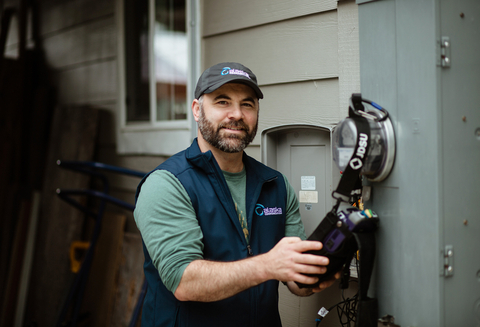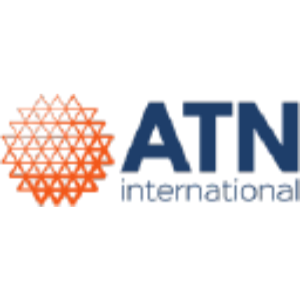More Than 25,000 Alaskans Get Access to High-Speed Internet Thanks to Alaska Communications

An Alaska Communications technician installs service. (Photo: Business Wire)
Since 2017, the broadband provider has deployed high-speed internet to more than 25,000 unserved or underserved locations, through the CAF II program. In 2023, it brought affordable, reliable, high-speed internet to new locations in
“One of the reasons I joined Alaska Communications is because of the tremendous opportunity we have to improve Alaskans’ lives by providing affordable, reliable broadband,” said Matt McConnell, Alaska Communications president and CEO. “It’s hard to imagine life without reliable internet, but for many Alaskans, especially in rural areas, it has been the status quo. We look forward to continued investment in strengthening and expanding our network.”
Last year, the company invested
Among these investments is Alaska Communications’ state of the art fiber to the home network, which currently delivers the fastest upload speeds in
“Fiber is the gold standard but we are always focused on deploying the right technologies, like fixed wireless, which can be better suited for certain environments,” said McConnell. “We’re planning a fixed wireless pilot in
The company is also participating in the Alaska FiberOptic Project, a first-of-its-kind collaboration with Alaska Native Regional Corporations and tribal entities that support communities along the
About Alaska Communications
Alaska Communications, an affiliate of ATN International, Inc. (NASDAQ: ATNI), is the leading provider of advanced broadband and managed IT services for businesses and consumers in
View source version on businesswire.com: https://www.businesswire.com/news/home/20240130813623/en/
Heather Marron
Manager, Corporate Communications
Heather.Marron@acsalaska.com
Source: Alaska Communications







